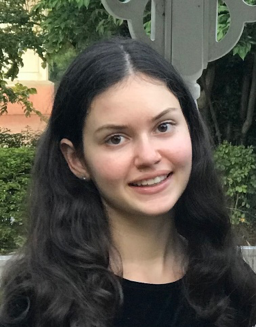
Sophia Keating
is an intern at Davé Law Group. She is a sophomore at Thomas Jefferson High School for Science and Technology. She is the founder of a group called STEMinvent, which actively promotes science, technology, engineering, and math (STEM) in public education. She is a Girl Scout Silver and Bronze Award recipient for her leadership in STEM. She enjoys art reading, and travel.

Recent Articles by Sophia Keating
The United States Patent and Trademark Office (USPTO) publishes a large number of notices in addition to guidelines for patent applicants. These guidelines are frequently updated, and it is critical to stay informed of those updates. On July 1, 2021, the USPTO published a notice in the Federal Register titled “Properly Presenting Prophetic and Working Examples in a Patent Publication.” In this notice, the USPTO defined prophetic and working examples, distinguished these concepts, and described their use and importance within patent applications. In contrast, this distinction is not made under Indian or Chinese law or practice. Furthermore, applicants are generally not required to provide prophetic or working examples, and the concept of prophetic examples is not recognized under Indian or Chinese patent law.
According to Strategic Goal 1 of the United States Patent and Trademark Office’s (USPTO’s) FY2020 Performance and Accountability Report (PAR), the USPTO is committed to high-quality patent examination in a timely manner. From submission to approval, the USPTO has established groundbreaking quality assurance programs, metrics, and training programs. It has also established IT modernization programs to improve the overall quality of the office’s work products and processes. These steps have made it possible for the agency to introduce new programs to significantly reduce pendency. A high-quality patent must adhere to the requirements of Title 35, and to the corresponding and applicable case law. To monitor and drive quality, the Office has been conducting both internal and external stakeholder perception surveys semiannually since 2006. In response to stakeholder feedback, the USPTO is providing detailed data at the technology center level, including filings, pendency, staffing, productivity, and inventory levels.

![[IPWatchdog Logo]](https://ipwatchdog.com/wp-content/themes/IPWatchdog%20-%202023/assets/images/temp/logo-small@2x.png)
